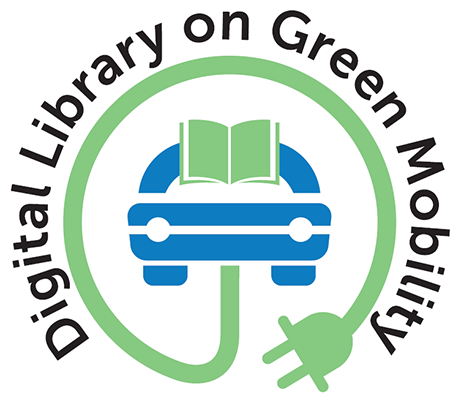India's Electric Vehicle Transition Over the Years
Publication Year: 2021
Author(s): Deshpande T
Abstract:
Eddy Current Controls introduced the ‘Lovebird', India's first electric vehicle (EV), in 1993. The two-seater car had a driving range of 60 kilometres per charge and was powered by a lead–acid battery that required eight hours to fully charge. Zero subsidies, a lack of electric power and networks, and the car's inability to climb a gradient greater than 15 degrees were all serious disadvantages at the time. When compared to internal combustion engine (ICE) vehicles, EV technology, infrastructure, and legislative backing are much better today, but the price is still as high as it was in the 1990s.
Source of Publication: Emobility+
Vol/Issue: March 2021: 27p.
Country: India
Publisher/Organisation: Emobility+
Rights: Center for Study of Science, Technology and Policy (CSTEP)
URL:
https://www.cstep.in/publications-details.php?id=1649
Theme: Vehicle Technology | Subtheme: Electric vehicles
Related Documents
Opinions/Videos
Moving Ahead with Electric Mobility in India
Published Year: 2020
Abstract:
The transport sector is a significant and growing contributor to spiking air pollution in Indi... Read More
Research Papers/Articles
Assessment of Leading Electric Vehicle Promotion Activities in United States Cities
Published Year: 2015
Abstract:
This original research analyzes the actions that are impacting electric vehicle deployment acr... Read More
Research Papers/Articles
Assessment of Next-Generation Electric Vehicle Technologies
Published Year: 2016
Abstract:
This study analyzes emerging light-duty electric vehicle technologies in terms of their perfor... Read More



